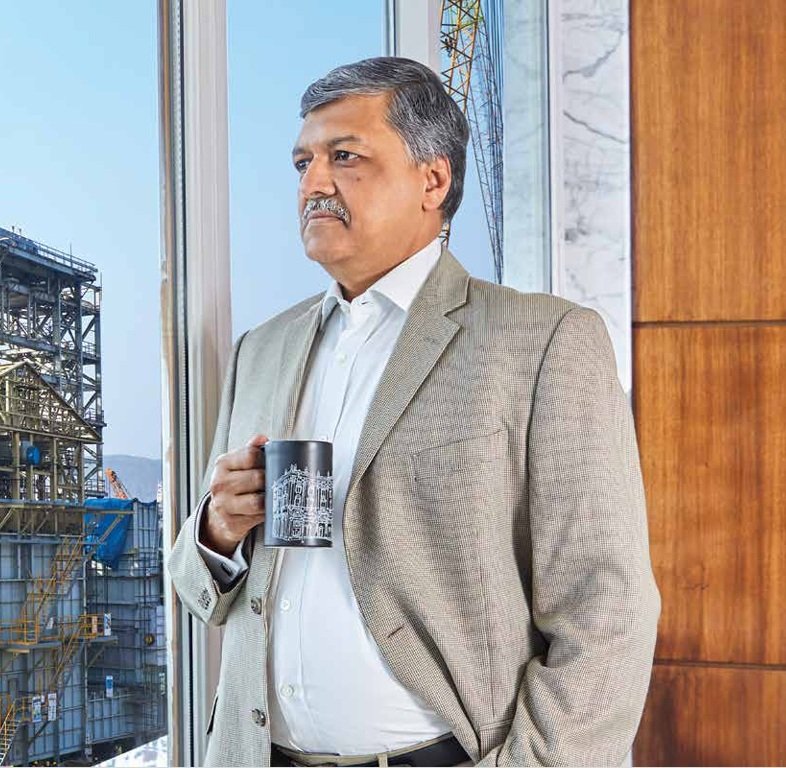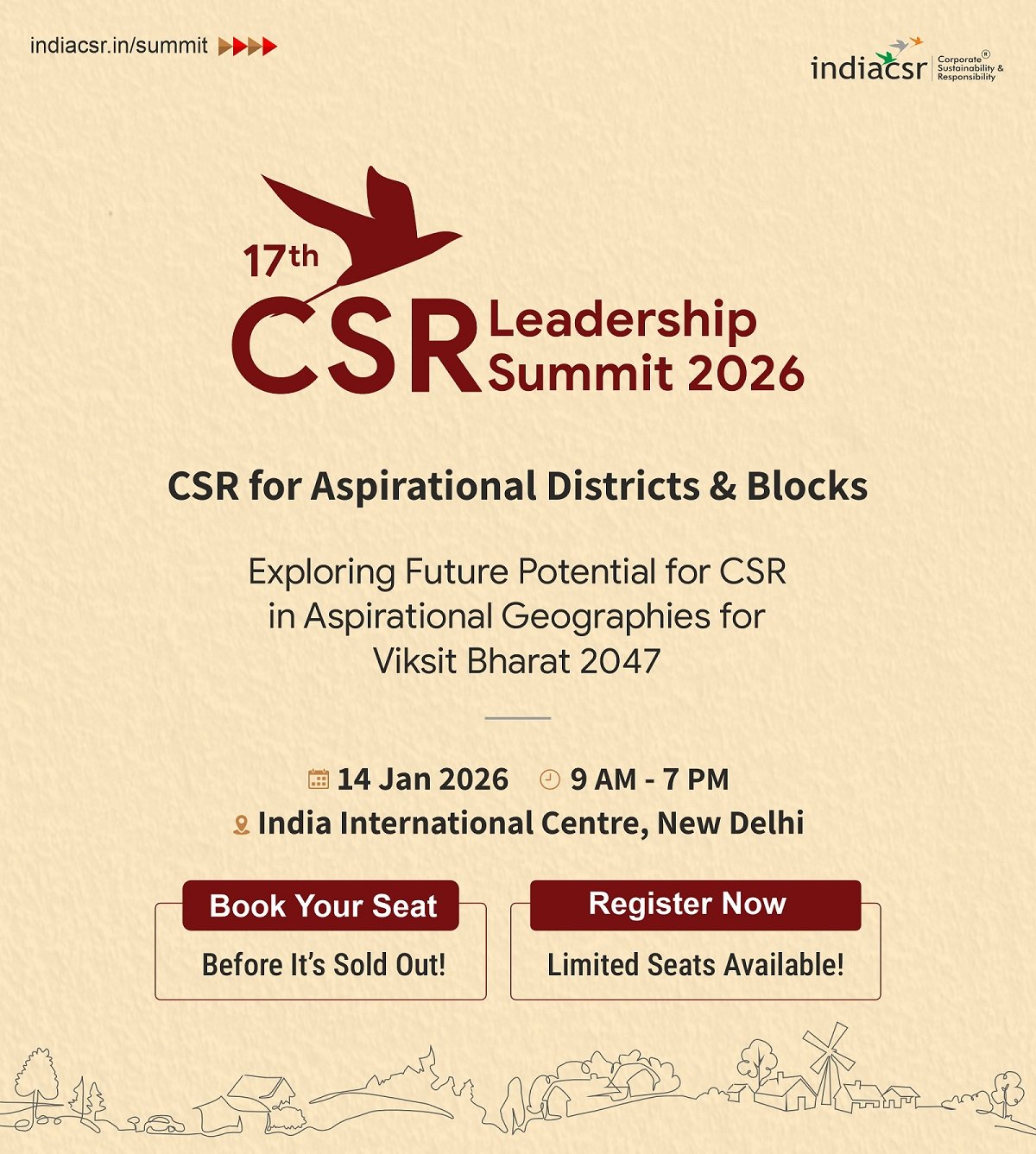Promoter control propels DFPCL’s “commodity to specialty” pivot, targeting agriculture, mining, and pharma.
NEW DELHI (India CSR): Deepak Fertilisers and Petrochemicals Corporation Limited (DFPCL), a key player in India’s chemical and fertiliser sectors, showcases a classic case of promoter-led governance. As of March 31, 2025, promoters hold 45.63% of the equity, signaling strong family influence amid a push for specialty products and expansion projects like the TAN plant in Gopalpur. This concentrated ownership drives strategic agility but raises questions on board autonomy and minority protections. Recent news highlights promoter pledges dipping to 4.86% in June 2025, potentially easing liquidity concerns, yet institutional stakes at 22.06% add checks.

Promoter Grip: Family at the Helm
DFPCL’s promoters, centered around the Mehta family, command 45.63% stake—unchanged from the prior year. Sailesh C. Mehta, Chairman and Managing Director, and his wife Parul S. Mehta anchor the group. Key holdings include Nova Synthetic Limited (34.53%), Robust Marketing Services Private Limited (8.77%), and Sofotel Infra Private Limited (1.54%). Individual family shares are minimal: Sailesh at 0.00%, Parul at 0.00%, and others like Deepak C. Mehta at 0.70%.
This family dominance fosters quick decisions, aligning with DFPCL’s shift from commodities to specialties. For instance, FY 2024-25 saw record TAN sales of 519 KT, up 3% YoY, fueled by promoter-driven mining focus. Yet, it risks entrenchment. News from Trendlyne notes no change in promoter holding, but pledges signal possible leverage for expansions, sparking investor scrutiny on debt risks amid volatile commodity prices.
Board Independence Under Scrutiny
With 10 directors, DFPCL boasts 70% independents, exceeding SEBI mandates. Promoters occupy two seats: Sailesh (executive) and Parul (non-executive). The rest include one non-independent (M.P. Shinde) and seven independents like Bhuwan Chandra Tripathi and Sujal Anil Shah.
Promoter control influences board dynamics. Sailesh chairs, steering strategy toward nitric acid expansions at Dahej. Independents head key committees—Audit (Shah), Nomination (Tripathi)—ensuring oversight. Yet, concentrated ownership can sway votes. In FY 2024-25, all resolutions passed unanimously, per secretarial audit, but family ties might mute dissent. NSE data shows no governance violations, but Economic Times reports highlight sector-wide concerns on family firms prioritizing long-term vision over short-term gains.
| Board Composition | Count | % of Total | Key Influence |
|---|---|---|---|
| Promoters | 2 | 20% | Strategic direction, expansions |
| Non-Executive Non-Independent | 1 | 10% | Operational advice (e.g., Shinde’s consulting) |
| Independents | 7 | 70% | Oversight on risks, compliance |
This setup bolsters resilience, as seen in 3% YoY nitric acid sales growth. Challenges? Potential for “rubber-stamp” boards, per investor forums like Moneycontrol.
Minority Shareholder Rights: Balanced Yet Vulnerable
Public holds 54.37%, split between institutions (22.06%) and non-institutions (32.31%). FIIs dipped to 10.73% from 11.56%, per Trendlyne, while DIIs (including 2.55% insurance) provide stability. Minority rights are safeguarded via SEBI norms: e-voting at AGMs, whistleblower policy, and transparent RPTs (no material conflicts in FY 2024-25).
However, promoter dominance can marginalize minorities. For example, dividend payout was Rs 10/share in May 2025, but family control might favor reinvestments over distributions. BlinkX notes FII increases post-March, signaling confidence, but Kotak Securities flags risks from raw material volatility (e.g., natural gas prices). No violations reported, but past fines (Rs 10,000 each from BSE/NSE in 2021 for disclosure lapses) underscore transparency gaps.
Financial Transparency: Strengths and Shadows
DFPCL’s reports detail RPTs, audited by P.G. Bhagwat LLP with unqualified opinions. Promoter-led decisions enhanced margins: IPA sales up 14% YoY. Yet, concentrated ownership risks opacity in fund use. FY 2024-25 borrowings rose to Rs 42,164 lakhs for projects, per financials. ICRA’s AA- (Positive) rating affirms stability, but family influence might delay disclosures on risks like export bans on TAN.
News value: June 2025 pledges drop eases fears, but Q1 FY26 profits up 106.6% to Rs 244 crore (Economic Times) spotlight growth amid governance watch. Potential violations? None recent, but SEBI’s 2023 ODR push aids dispute resolution.
Long-Term Direction: Growth vs. Risks
Promoter control propels DFPCL’s “commodity to specialty” pivot, targeting agriculture, mining, and pharma. Geographical footprint spans Taloja, Dahej, with Gopalpur TAN plant nearing completion. Performance: Revenue growth, EBITDA margins improved. Challenges: Family dominance may hinder diversification if conflicts arise. Institutional 22.06% stake tempers this, pushing ESG focus—e.g., eco-friendly Pickbrite.
Risks include succession (Sailesh’s 5-year term), commodity swings, and regulatory hurdles. Violations potential low, but 2021 fines warn of lapses. Overall, 45.63% promoter hold drives exceptional trajectory, but balanced governance is key for sustained value.
Ownership Category | % as of March 2025 | Impact on Performance |
|---|---|---|
| Promoters | 45.63% | Drives strategy, but risks entrenchment |
| FII/FPI | 10.73% | Volatility in holdings affects stock stability |
| DII (Institutions) | 11.33% (est., total inst. 22.06%) | Enhances scrutiny, long-term focus |
| Public/Retail | 32.31% | Minority protections vital for confidence |
(India CSR)








